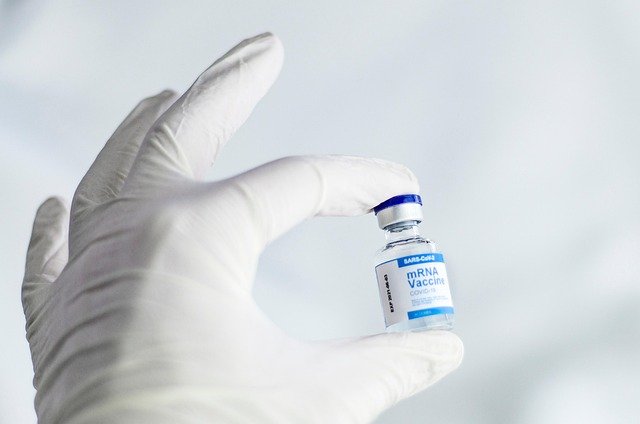Modern Approaches to Bone Health Management and Fracture Prevention
Osteoporosis affects millions worldwide, causing bones to become weak and brittle, increasing fracture risk significantly. This progressive condition primarily impacts older adults, particularly postmenopausal women, though it can affect anyone at any age. Understanding current treatment options, from lifestyle modifications to cutting-edge medications, empowers patients and healthcare providers to make informed decisions about bone health management and fracture prevention strategies.

Osteoporosis represents a significant global health challenge, with over 200 million people affected worldwide. This silent disease progressively weakens bones, making them fragile and prone to fractures from minor falls or even everyday activities. The condition develops when bone formation cannot keep pace with bone loss, resulting in decreased bone density and deteriorated bone tissue architecture.
Overview of Osteoporosis and How It Affects Bone Health
Bone health depends on a delicate balance between bone formation and bone resorption. Throughout life, bones continuously remodel themselves through a process where old bone tissue is broken down and replaced with new tissue. In osteoporosis, this balance shifts unfavorably, with bone breakdown exceeding bone formation. The condition typically develops silently over years, often remaining undetected until a fracture occurs. Risk factors include aging, hormonal changes during menopause, family history, certain medications like corticosteroids, and lifestyle factors such as smoking, excessive alcohol consumption, and inadequate calcium or vitamin D intake. The spine, hips, and wrists are most commonly affected, with compression fractures in the spine causing height loss and curved posture.
Recent Medical Advancements in Osteoporosis Management
The landscape of osteoporosis management has evolved significantly in recent years. Healthcare providers now employ sophisticated diagnostic tools, including dual-energy X-ray absorptiometry (DEXA) scans and trabecular bone score assessments, to evaluate bone density and fracture risk more accurately. The FRAX tool, developed by the World Health Organization, calculates 10-year fracture probability based on individual risk factors. Treatment approaches have become more personalized, considering patient-specific factors such as fracture history, bone density measurements, and overall health status. Sequential therapy strategies have emerged, where patients may receive different medications over time to optimize bone health outcomes. Additionally, combination therapies are being explored to address multiple pathways involved in bone metabolism simultaneously.
New Medications Developed to Strengthen Bone Density
Pharmaceutical research has yielded several innovative medications for osteoporosis management. Bisphosphonates remain the first-line therapy, including alendronate, risedronate, ibandronate, and zoledronic acid, which work by inhibiting bone resorption. Denosumab, a monoclonal antibody, targets RANKL protein to reduce osteoclast activity and bone breakdown. Teriparatide and abaloparatide are anabolic agents that stimulate bone formation by mimicking parathyroid hormone action. Romosozumab represents a newer class of medications that simultaneously increases bone formation while decreases bone resorption by inhibiting sclerostin protein. Selective estrogen receptor modulators like raloxifene provide estrogen-like effects on bones without affecting breast or uterine tissue. Each medication class offers distinct mechanisms of action, allowing healthcare providers to tailor approaches based on individual patient needs and response patterns.
| Medication Type | Examples | Mechanism of Action | Administration |
|---|---|---|---|
| Bisphosphonates | Alendronate, Zoledronic acid | Inhibits bone resorption | Oral/IV |
| Monoclonal Antibody | Denosumab | Blocks RANKL protein | Injection |
| Anabolic Agents | Teriparatide, Abaloparatide | Stimulates bone formation | Injection |
| Sclerostin Inhibitor | Romosozumab | Dual action on bone metabolism | Injection |
Side-Effect Management in Modern Osteoporosis Therapies
While osteoporosis medications effectively improve bone density and reduce fracture risk, they may cause side effects requiring careful monitoring and management. Bisphosphonates can cause gastrointestinal irritation, requiring patients to take them on an empty stomach with plenty of water while remaining upright for at least 30 minutes. Rare but serious complications include osteonecrosis of the jaw and atypical femur fractures, particularly with long-term use. Denosumab may increase infection risk and cause hypocalcemia, necessitating adequate calcium and vitamin D supplementation. Anabolic agents like teriparatide may cause nausea, dizziness, and leg cramps, though these effects often diminish over time. Regular monitoring includes blood tests to check calcium levels, kidney function, and vitamin D status. Healthcare providers emphasize the importance of dental health maintenance and encourage patients to report any unusual symptoms promptly. Patient education plays a crucial role in medication adherence and early recognition of potential adverse effects.
Modern osteoporosis management extends beyond medications to include comprehensive lifestyle interventions. Weight-bearing exercises, resistance training, and balance activities help maintain bone density and prevent falls. Adequate nutrition, particularly calcium and vitamin D intake, supports bone health throughout care. Fall prevention strategies, including home safety modifications and vision correction, reduce fracture risk significantly. The integration of pharmacological and non-pharmacological approaches provides the most effective strategy for managing osteoporosis and maintaining quality of life for affected individuals.
This article is for informational purposes only and should not be considered medical advice. Please consult a qualified healthcare professional for personalized guidance and treatment.




